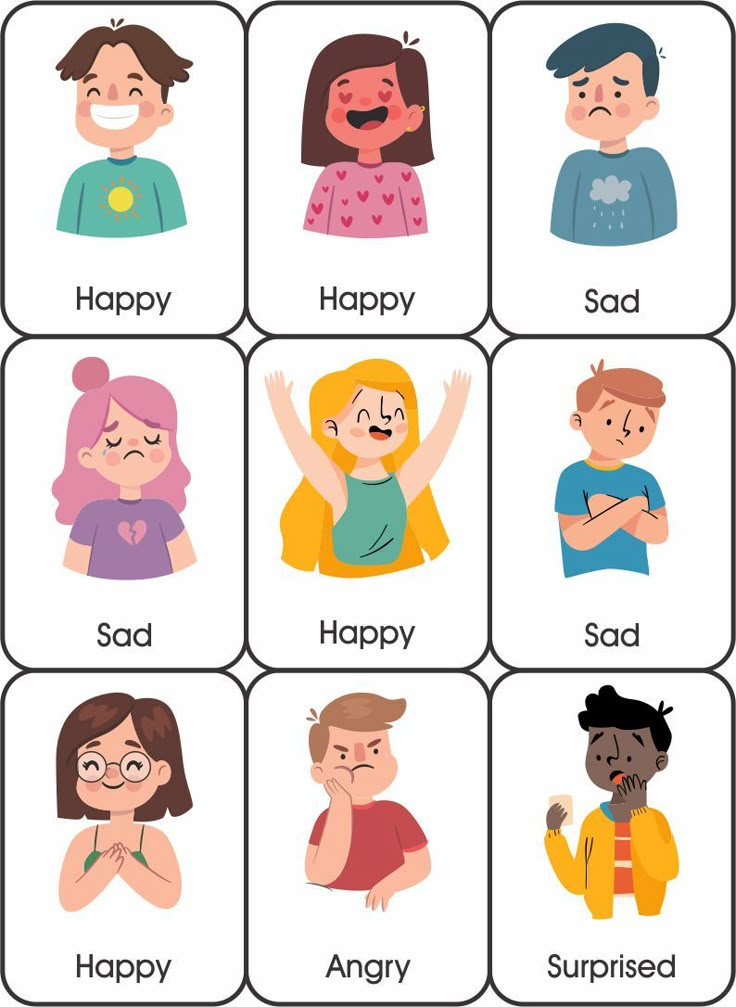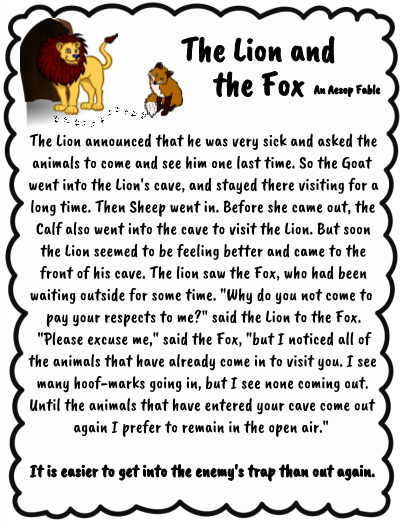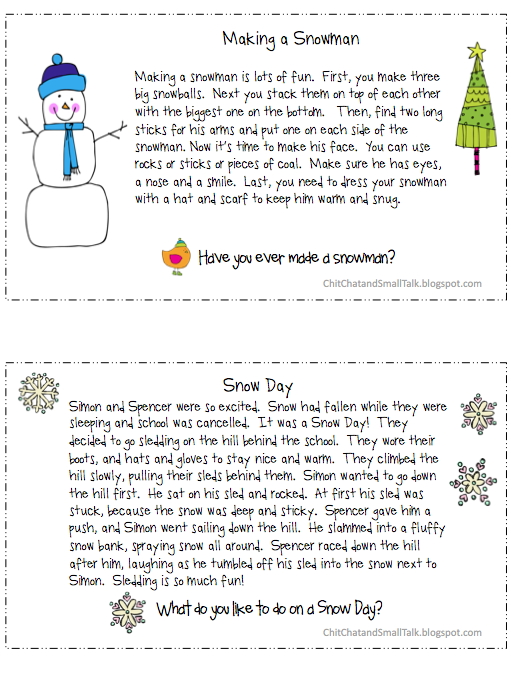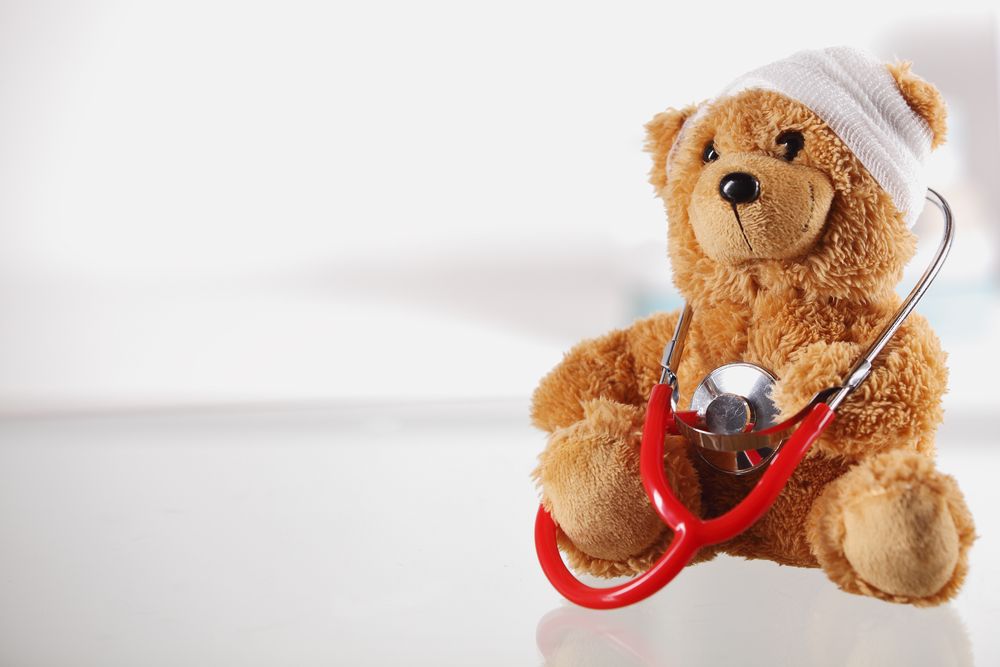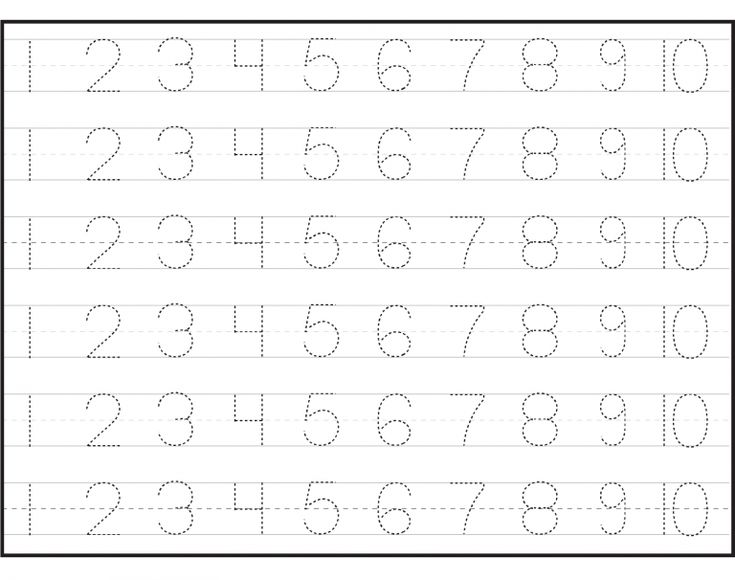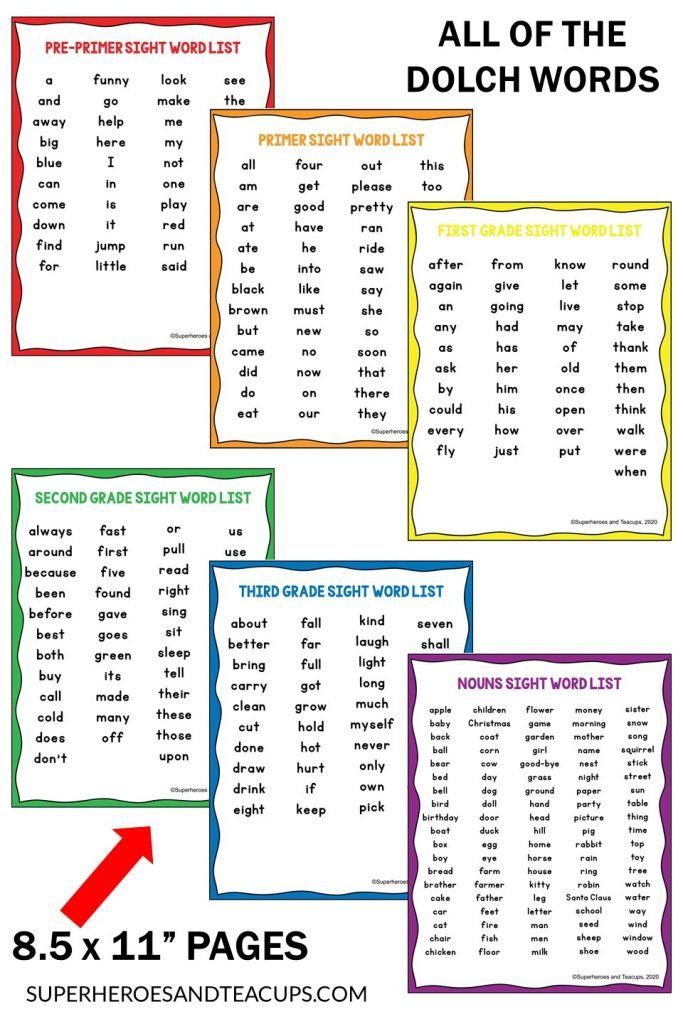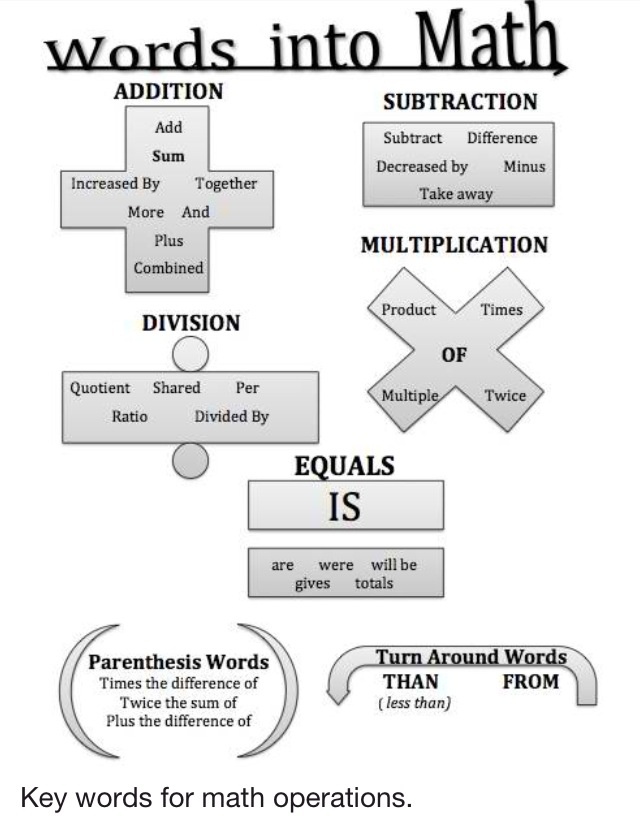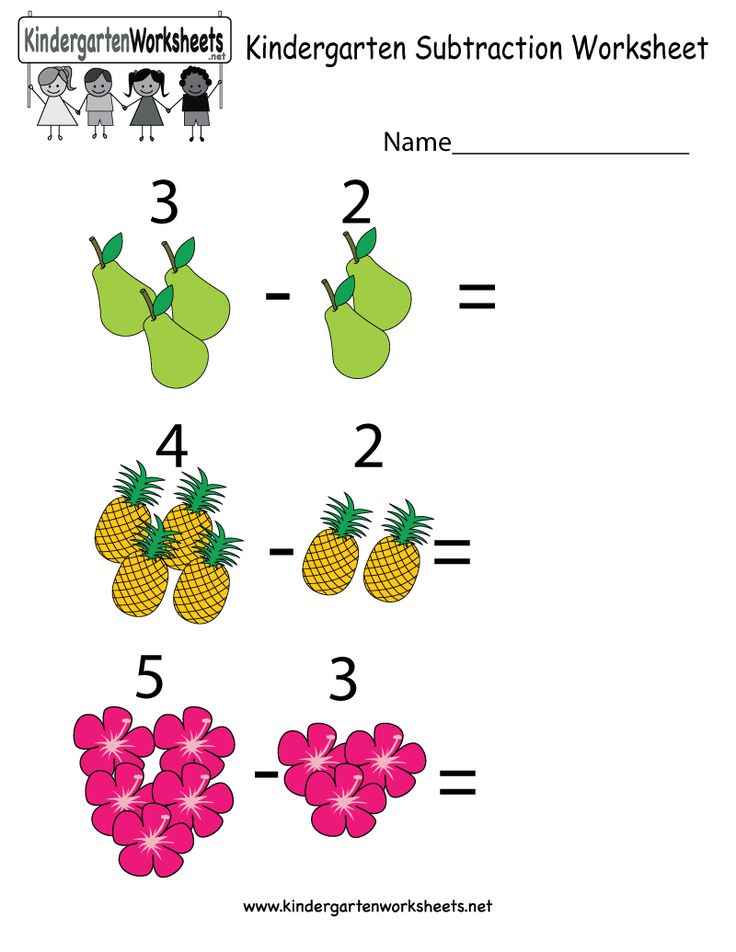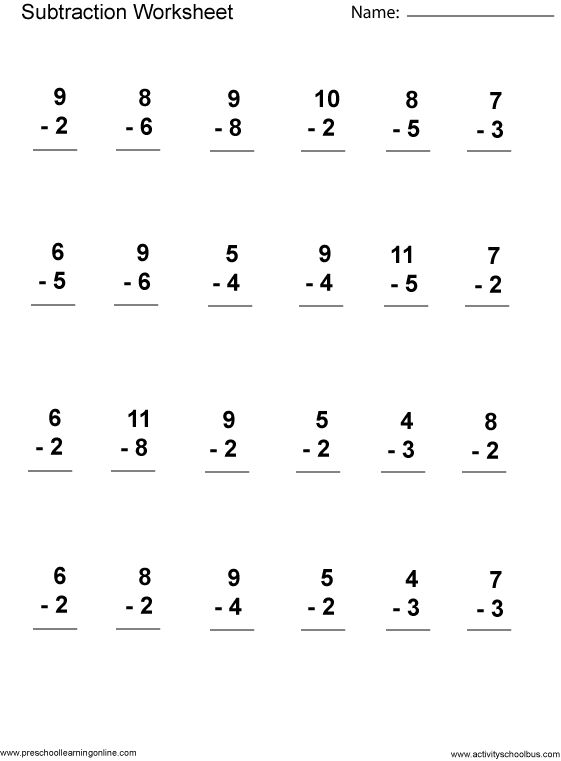Words for a 5 year old to learn
Sight Words for 5 year Olds (PreKindergarten & Kindergarten)
Do you have a child ready to enter kindergarten? If so, you might be looking for sight words for 5-year-olds. You’ve come to the right place! Kindergarten sight words are going to be a huge priority for your child and learning them now is so important in helping your child learn to read fluently as they become a confident reader.
The beginning sight words that your child is going to learn first are some of the most common sight words that your child will encounter in his reading. They are taught as prekindergarten sight words and Kindergarten sight words.
Practice these words daily. Practice these high-frequency words often in order to help your child memorize their Dolch sight words, one by one. Keep up the hard work and soon enough your little one will be reading like a pro.
What are sight words?
Sight words are the most commonly used terms that appear on almost any page of text. These common, key words usually refer to a list from which children learn all or some of these important phrases during their first year in kindergarten.
As a child play therapist and teacher, I understand how important it is to understand what sight words are, as well as understanding which activities, games, and apps are best to use to teach them.
Why are they so important?To become a great reader, children must master their list of sight words. Once they have mastered these items to continue practicing them so that it becomes second nature for the child when looking at text and reading aloud.
In fact, between 50-75% of your child’s text will include sight words from pre-primer to primer Dolch word lists.
Sight words are important so that your child can read fast enough and know what word to read without sounding out every letter. If they can’t, then they’ll have a hard time understanding what they’re reading.
The ability to recognize words helps your child in so many areas, including comprehension (understanding what you are reading) because the child is not trying to “sound out” the word, but instead, the focus is on the content.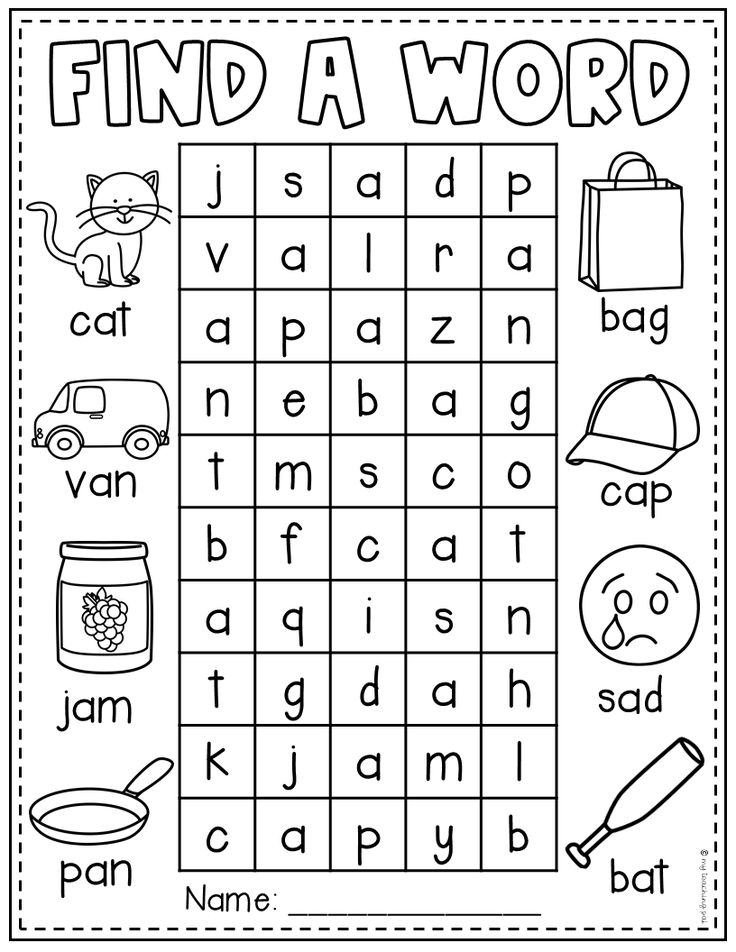
If your child’s comprehension is limited, that will affect them when they move on to difficult texts like those found in science textbooks.
Sight Words for 5 year old’s
When a child can read the 52 most common words in kindergarten level books, it makes reading easier and more fluent. Soon, they will move on to the top 100 sight words that they will be expected to learn.
These sight words include:
all, am, are, at, ate, be, black, brown, but, came, did, do, eat, four, get, good, have, he, into, like, must, new, no, now, on, our, out, please, pretty, ran, ride, saw, say, she, so, soon, that, there, they, this, too, under, want, was, well, went, what, white, who, will, with, yes.
Download the Sight Word list for FREE here.
How to Teach Sight Words to 5 Year Old ChildrenTo begin, simply introduce your child to the list:
- Write the words on index cards to use as flash cards
- Play sight word games (like Sight Word Bingo)
- Order the Sight Word Bundle (created by a reading specialist) and use the sight word flashcards, read and write worksheets, and lesson plans.

- Hang the words up and go over them daily.
- Play other sight word games found in the Kindergarten Bundle pack.
Remember to read every word on this list once a day and explain that he will be learning one new vocabulary word per day. Be excited about it!
On his first day, ask him if he knows any of these words already by putting a sticker next to each one they do recognize. This will help you know which words need more focus & which ones can simply be reviewed each day.
Throughout the day, talk about that word and go back to it on the wall. You can even have your child “tap” the words on the paper as you leave the room.
Practice using the words that you are working on in sentences and practice otherwise saying/showing what these words mean.
I keep our words in our pantry so anytime someone eats a snack they see the words.
From then on you can just review the words every few days until all of your child’s sight words are mastered!
As more days pass, your child will begin to find those words everywhere around in daily life (in books , signs nearby etc.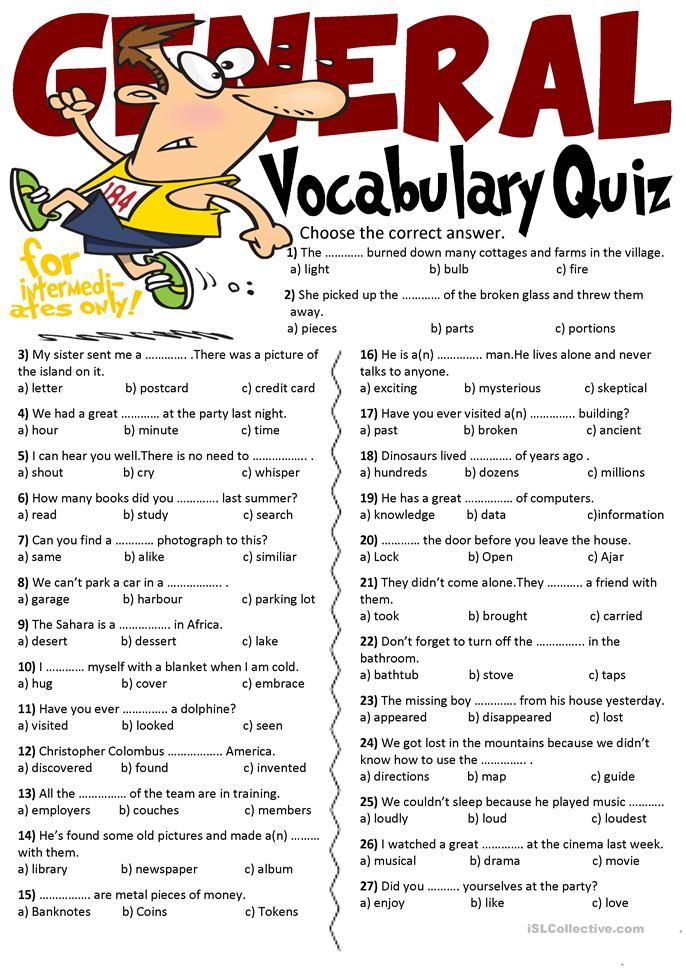 .) This is when the fun really begins…
.) This is when the fun really begins…
Find more awesome ways to introduce, practice, and learn sight words here.
The words in this Kindergarten Sight Word bundle include the most common sight words your child will encounter during his reading.
These are important because they help build a foundation for learning to read and help your child to understand what is being said in sentences (because they put less attention & focus on sounding out words & more attention & focus on the story).
Don’t forget to practice! Practice makes perfect, so stick with it and soon enough your child will be reading like a pro.
If you need some extra help along the way or want to buy our bundle of sight word activities (which includes over 100+ commonly used words), click here!
© YourModernFamily.com. Content and photographs are copyright protected. Sharing of this article is encouraged and appreciated, copying and/or pasting articles to any social media is strictly prohibited.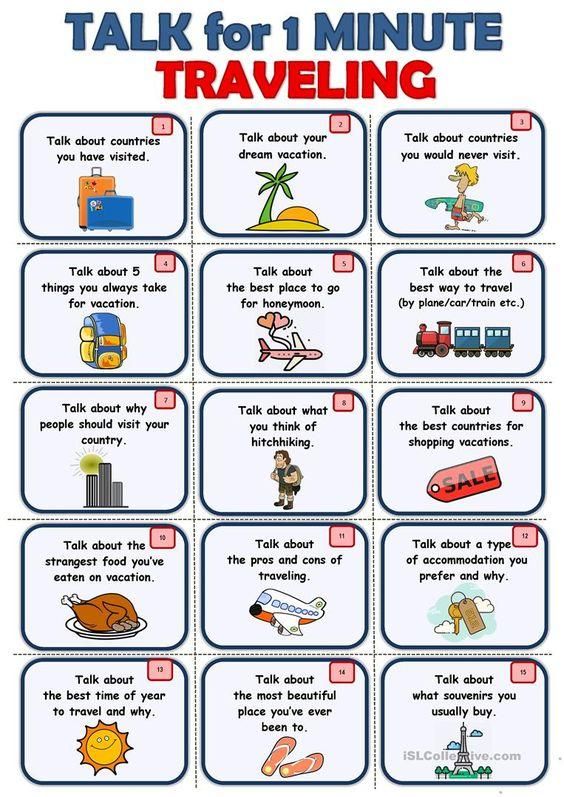
Language development in children 5-8 years
Language development in children at 5-8 years: early literacy and language sounds
By 5 years, children know that words are made of different sounds and syllables. When they’re listening, they can identify words beginning with the same sound – for example, ‘Mummy made magic marshmallows’. They can also notice words that sound the same and play rhyming games with words like ‘bat’, ‘cat’, ‘fat’, ‘hat’ and ‘mat’.
At 5-6 years, your child might know some or all of the sounds that go with the different letters of the alphabet. This is an important first step in learning to read. At this age, children also learn that single sounds combine together into words. For example, when you put the ‘t’, ‘o’ and ‘p’ sounds together, they make the word ‘top’.
By 6 years, children start to read simple stories with easy words that sound the way they’re spelled, like ‘pig’, ‘door’ or ‘ball’.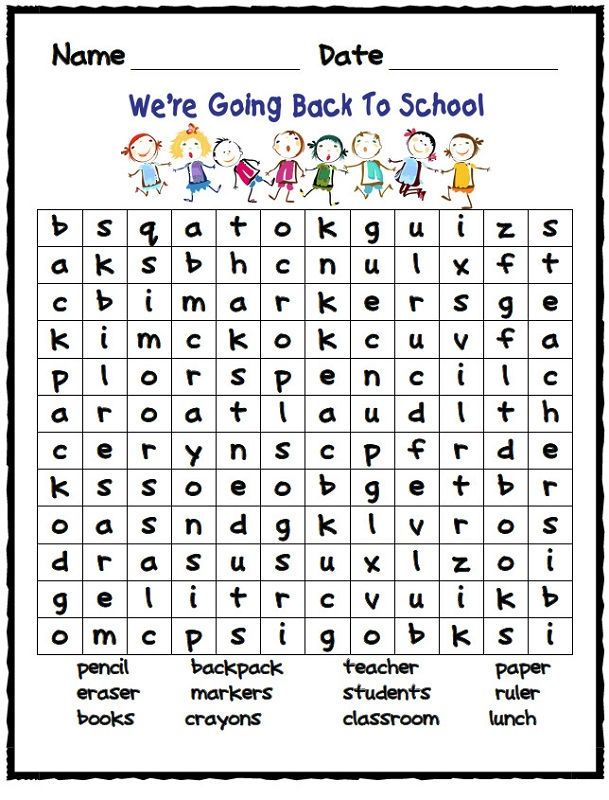 They’re also starting to write or copy letters of the alphabet, especially the letters for the sounds and words they’re learning.
They’re also starting to write or copy letters of the alphabet, especially the letters for the sounds and words they’re learning.
By 8 years, your child understands what they’re reading. Your child might read on their own, and reading might even be one of their favourite activities. By this age children can also write a simple story.
By the time children are 5 years old, unfamiliar people can understand all of what they say, even though they might still mispronounce a few words. For example, they might still have problems saying sounds like the ’r’, ‘l’ or ‘th’ sound. They might say ‘wing’ instead of ‘ring’ or ‘fink’ instead of ‘think’.
Vocabulary and language development
By 5 years, children can mostly use the correct forms of verbs to talk about past and future events. For example, your child can say ‘I played with Maxie’ to talk about the past and ‘I will play with Maxie’ to talk about the future. Children also begin to understand some concepts of time – for example, night, day and yesterday.
Your child will start to realise that there are exceptions to grammatical rules. For example, we say ‘broke’, ‘threw’ and ‘ate’ rather than ‘breaked’, ‘throwed’ and ‘eated’. It’ll take a few more years to learn the many exceptions in the English language. Even at 8 years of age, some children might have trouble with the past tense of some verbs.
At 5-6 years, children start to understand that single words might have different meanings, so they start to use the context of a word to know what it means. For example, ‘cool’ means something different when you say, ‘It’s a cool day’, compared with when you say, ‘That’s a really cool robot you’ve built’. They also begin to understand metaphors and non-literal language – for example, ‘Make up your mind’.
Your child will understand that they can make new words by joining 2 other words – for example, ‘bookshelf’. You’ll hear ‘compound’ words like this more often in your child’s speech.
Your child will also begin using longer words as they learn that the beginnings and endings of words change their meanings.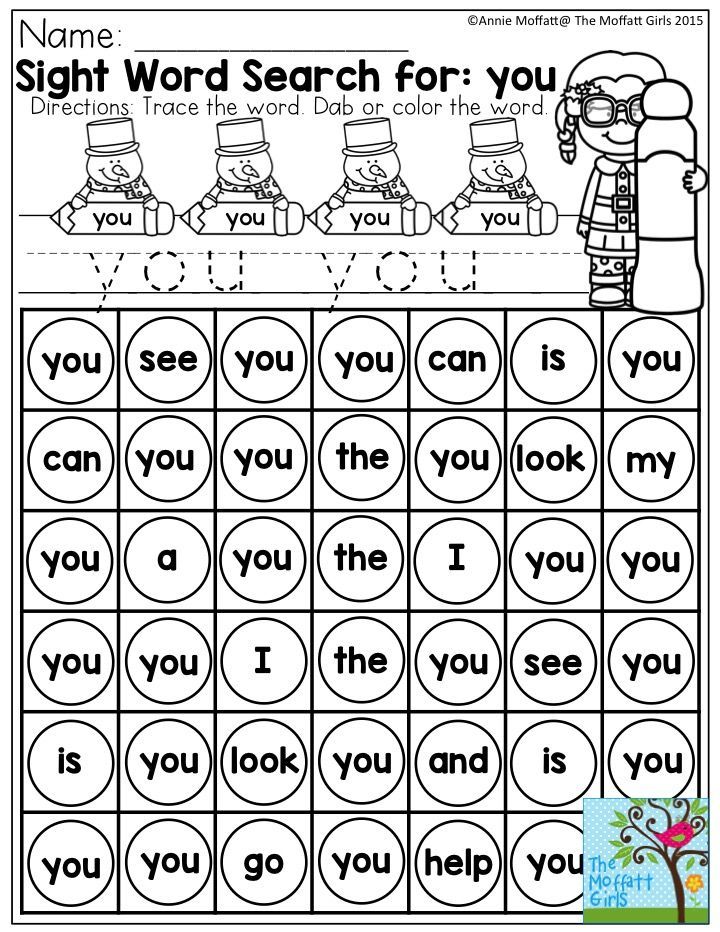 For example, your child can add ‘ness’ (as in ‘happiness’), ‘un’ (as in ‘unwrap’), and ‘er’ (as when ‘teach’ becomes ‘teacher’).
For example, your child can add ‘ness’ (as in ‘happiness’), ‘un’ (as in ‘unwrap’), and ‘er’ (as when ‘teach’ becomes ‘teacher’).
And your child will also start to understand that some words don’t need an ‘s’ to become plurals – for example, ‘feet’ rather than ‘foots’.
By 8 years, children start to understand jokes and riddles and use language in an abstract way. For example, your child might tell a joke like ‘What kind of shows do cows like to watch?’ ‘Moo-sicals’.
Your child might also start to compare 2 things using the words ‘like’ or ‘as’ – for example, ‘They swim like a fish’.
Language skills develop with practice. Children practise by talking with others, reading and having lessons in the classroom. And language and reading skills develop together all the way through school.
Understanding and using sentences as part of language development
By 5 years, children can follow multi-step, complex directions.
Your child can understand and combine words to form active sentences – for example, ‘The cat chased the dog’.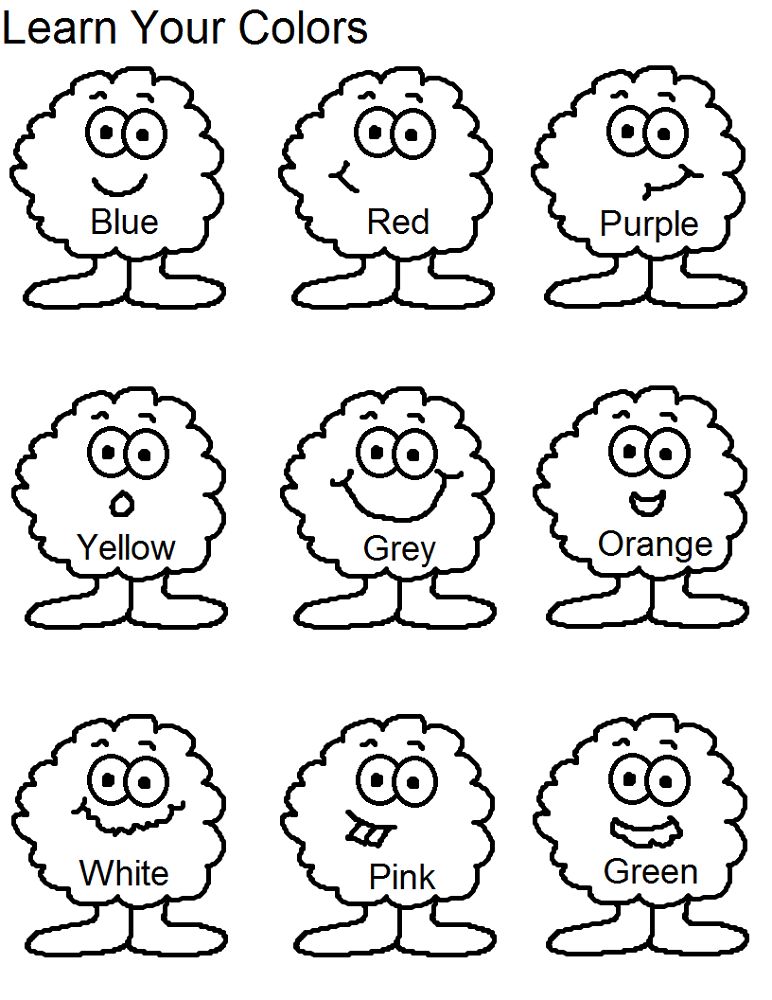 They also start to understand passive sentences – for example, ‘The cat was chased by the dog’.
They also start to understand passive sentences – for example, ‘The cat was chased by the dog’.
But when children are describing pictures, they might mix up who is doing what to whom. Your child’s ability to make correct sentences will improve gradually in the next few years.
By 8 years, your child can use compound sentences with words like ‘and’ or ‘but’ to join sentences together – for example ‘It’s Dan’s birthday today and they want to play video games’. Your child can also use these words to explain when one event depends on another – for example, ‘Dan wants to play video games but not until after Priya arrives’.
Storytelling and language development
From 4-8 years, children get much better at telling stories. Your child’s stories are probably longer and more detailed – and they probably make more sense too. The stories might be made up, or about things that have actually happened. They might have a theme, character or plot and contain actions and events in a logical sequence – for example, ‘The boat sank, so everybody had to swim to the beach’.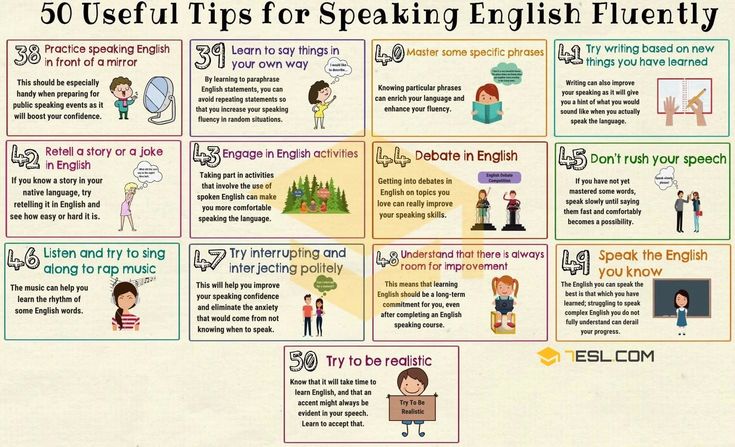
As your child keeps learning and practising language, their storytelling will improve. It’ll be easier to work out who your child is talking about when they’re telling a story, and how the events in their stories fit together.
In these years, your child might:
- use different linking words in the right way – for example, ‘because’, ‘then’, ‘now’, ‘when’, ‘before’, ‘while’ and ‘although’
- use different sentence types to present the same information
- correctly use pronouns like ‘he’, ‘she’ and ‘they’ when they’re telling a story
- understand the difference between fact and theory – that is, the difference between ‘What happened?’ and ‘Why do you think … ?’
Children who grow up in a bilingual or multilingual family might take a little longer to reach certain language milestones. That’s because they’re learning words in more than one language. But by the time your child is halfway through primary school, they’re likely to speak and use English just as well as their peers.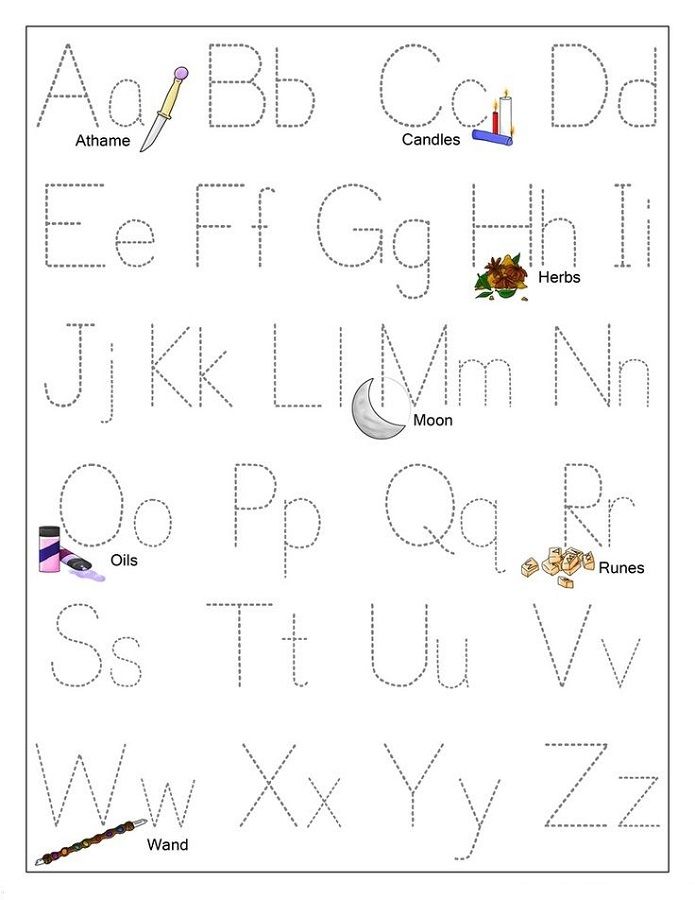
When to seek professional help for language development
If you notice any of the following signs in your child, or you’re worried about your child’s language development, it’s a very good idea to see your child and family health nurse, GP or paediatrician.
At 6 years, your child:
- is difficult to understand or isn’t speaking in full sentences
- has trouble following multi-step, complex instructions like ‘Please put your pyjamas on your bed after you’ve put your clothes on’
- has stopped using a language skill they once had.
At 8 years, your child:
- has a stutter or lisp when talking
- has difficulty following instructions
- has stopped using a language skill they once had.
Your health professional might refer you to a speech pathologist.
Children learn new skills over time and at different ages. Most children develop skills in the same order and each new skill they learn builds on the last.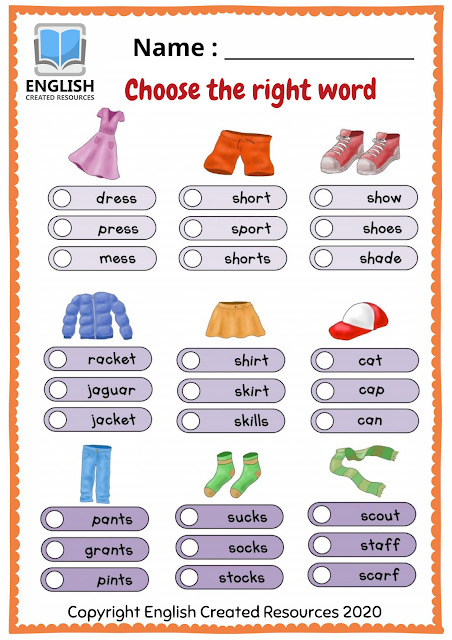 Small differences in when children develop skills are usually nothing to worry about.
Small differences in when children develop skills are usually nothing to worry about.
methods of teaching reading to the first grade
When to teach a child to read
There are early development studios where children are taught to read from the first years of life. However, pediatricians do not recommend rushing and advise starting learning to read no earlier than 4 years old, best of all - at 5–6. By this age, most children already distinguish sounds well, can correctly compose sentences and pronounce words. Therefore, most often parents think about how to teach their child to read, already on the eve of school. nine0005 Source: unsplash.com / @jonathanborba
How to know if your child is ready to learn to read
Before you start teaching your child to read, you need to make sure that the child is ready and wants to learn. To do this, try to answer the following questions:
- Does the child know the concepts of “right-left”, “big-small”, “inside-outside”?
- Can he generalize objects according to these characteristics?
- Can he distinguish between similar and dissimilar forms?
- Is he able to remember and execute at least three instructions? nine0013
- Does he form phrases correctly?
- Does he pronounce words clearly?
- Can he retell a story he heard or experienced?
- Can he formulate his feelings and impressions?
- Can you predict the ending of a simple story?
- Does he manage to participate in the dialogue?
- Can he listen without interrupting?
- Can he rhyme words?
- Do the letters attract his attention?
- Does the child have a desire to independently look at the book? nine0013
- Does he like being read aloud to him?
If you answered “yes” to these questions, your child is ready and will soon learn to read correctly.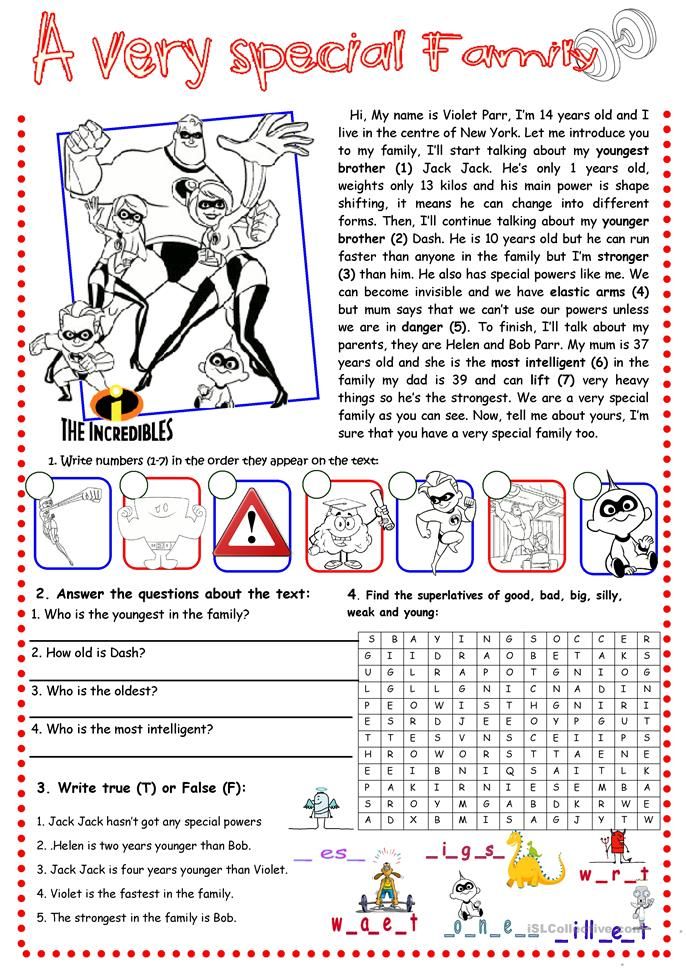
Methods for teaching reading
Most of the methods involve learning while playing, so that the child is not bored and learns knowledge better.
<
Zaitsev's Cubes
For more than twenty years, these cubes have been introducing children to letters and teaching how to form words and syllables. They allow you to understand how vowels and consonants, deaf and voiced sounds differ. There are 52 cubes in total, each of which depicts warehouses (combinations of a consonant and a vowel). The cubes vary in color and size, the large ones depict hard warehouses, while the small ones are soft. During classes, parents are encouraged to pronounce or sing warehouses so that the child remembers them better. nine0005 K Zaitsev's ubiki
Source: moya-lyalyas.ru
Vyacheslav Voskobovich's "towers" and "folds"
windows. You can put cubes in them to make syllables. And from several towers you can make a word.
Voskobovich's "towers"Source: catalog-chess.
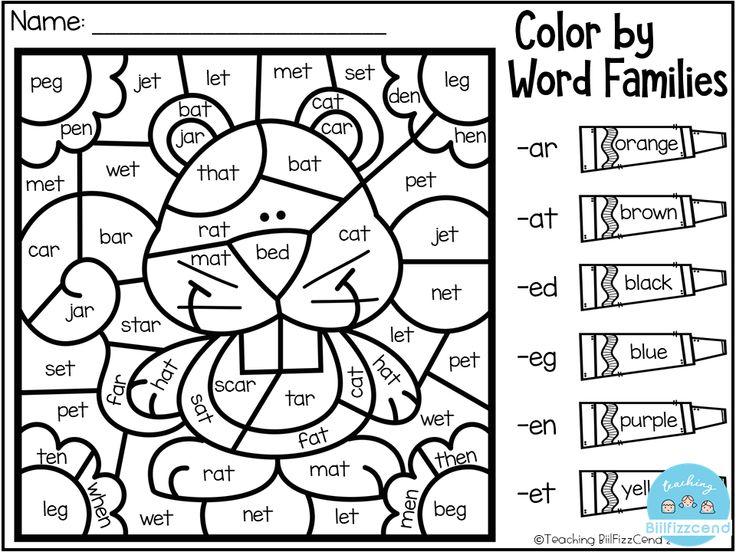 ru
ru Skladushki is a book with pictures, educational rhymes and songs. Parents sing them and in parallel show the warehouses in the pictures. The author of the methodology claims that a child of six years old can be taught to read in a month using "folds". nine0005 A page from V. Voskobovich's "folds"
Doman's cards
This method of teaching a child to read is based on memorizing whole words, from simple to more complex. First, the child masters the first 15 cards, which the parent shows him for 1-2 seconds and pronounces the words on them. Then the child tries to memorize phrases. This technique helps not only to learn more words, but also develops memory well in general.
Doman cardsSource: friendly-life.ru/kartochki-domana-dlya-samyh-malenkih
Maria Montessori's method of teaching reading
The essence of the Montessori method is that the child is first asked to feel the writing of a letter, and then pronounce it.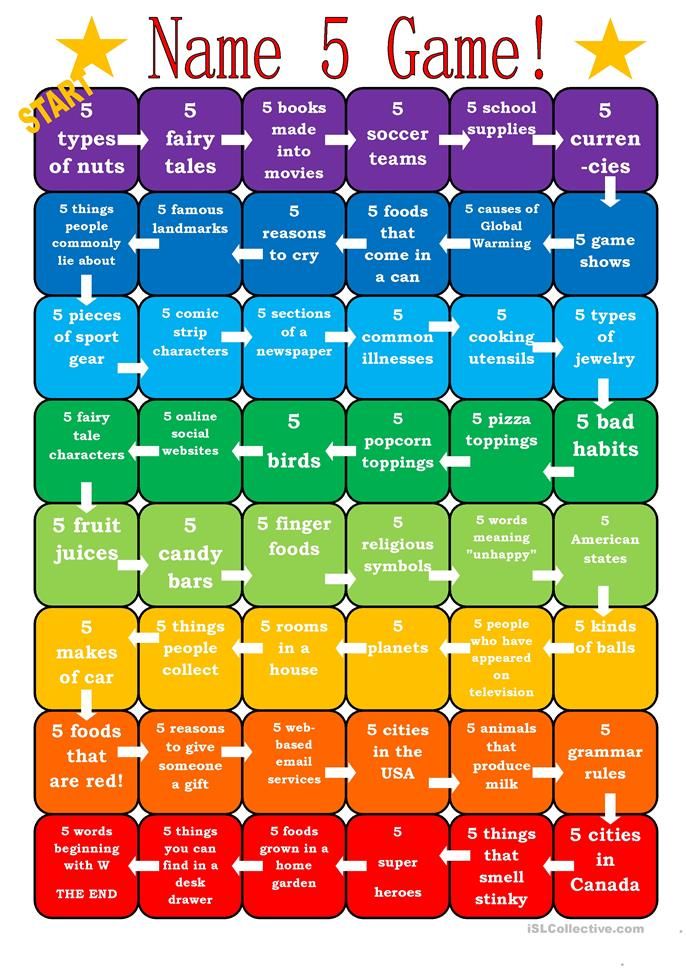 For this, didactic materials are used - cardboard plates with pasted letters, the outline of which the child traces with his finger, naming the sound. After studying consonants and vowels, you can move on to words and phrases. The Montessori method not only helps to learn to read, but also develops fine motor skills, logic, and the ability to analyze. nine0005 Montessori cards are easy to make yourself.
For this, didactic materials are used - cardboard plates with pasted letters, the outline of which the child traces with his finger, naming the sound. After studying consonants and vowels, you can move on to words and phrases. The Montessori method not only helps to learn to read, but also develops fine motor skills, logic, and the ability to analyze. nine0005 Montessori cards are easy to make yourself.
Source: hendmeid.guru
Olga Soboleva's technique
The author of this technique believes that you need to start learning not from the abstract alphabet, but immediately in practice - by analyzing simple texts. The Soboleva program allows you to teach a child to read from the age of five - at this age, children are already able to keep their attention on a line of text. Different approaches are offered depending on how it is easier for a child to perceive the world - by eye, by ear or by touch. In addition to reading skills, the technique develops interest in creativity, imagination, attention and memory.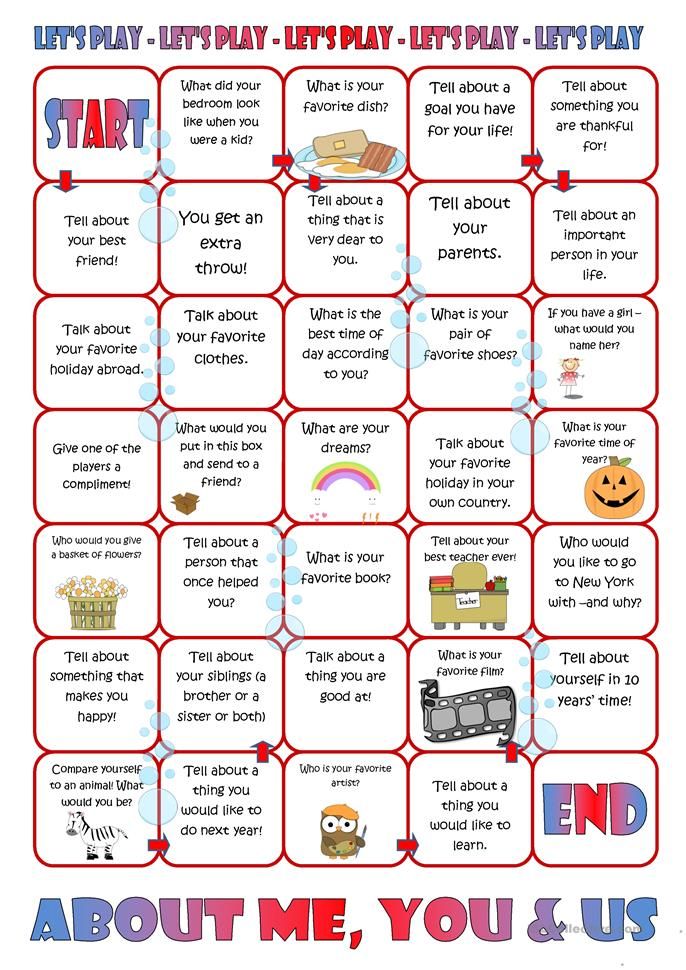 nine0005 Source: freepik.com / @gpointstudio
nine0005 Source: freepik.com / @gpointstudio
How to teach a child to read by syllables
Teaching a child to read by syllables should be done in stages. First, explain to him that sounds are vowels and consonants, deaf and voiced. Say them with the child - he must understand how they differ. Letters and sounds can be learned while walking: draw your child's attention to the letters on signs and announcements, and soon he will learn to recognize them.
When the child has mastered the letters and sounds, start teaching him to read simple words - "mom", "dad". Then move on to more complex ones - “grandmother”, “dog”, “apartment”. Show your child that syllables can be sung. nine0005 Syllabary for learning to read
Next, move on to word formation. You can cut cards with syllables and invite the child to make words out of them. When he gets comfortable, move on to reading short texts. It is better to start with two or three phrases, and a little later switch to texts of five to ten sentences.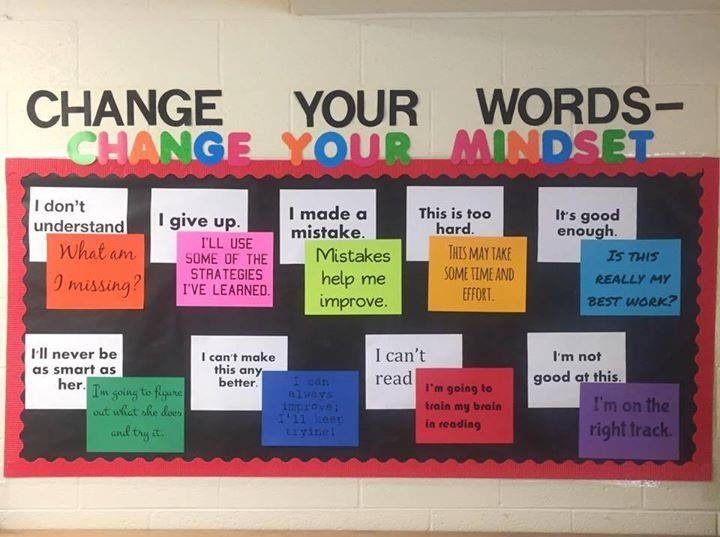
To enroll in Foxford Online Elementary School, a child must have at least basic reading, numeracy and writing skills. To check the readiness of the child for school, we offer to pass a small test that does not require special preparation. nine0005 Source: freepik.com
Exercises for learning to read
There are many exercises on the Internet that help children learn to read, you can print them out and start learning right away. Start with exercises that teach you to recognize letters and tell correct spellings from incorrect spellings.
From O. Zhukova's manual “Learning to read. Simple Exercises.Source: mishka-knizhka.ru
When the child gets used to the letters, move on to the exercises for syllables. For example, like this:
Geometric hint exercise. For greater clarity, blocks with words can be cut out.
Such exercises not only teach reading, but also develop logical thinking well:
Gradually move on to exercises that require not only reading correctly, but also writing words: you need to find and cross out the words on the field of letters.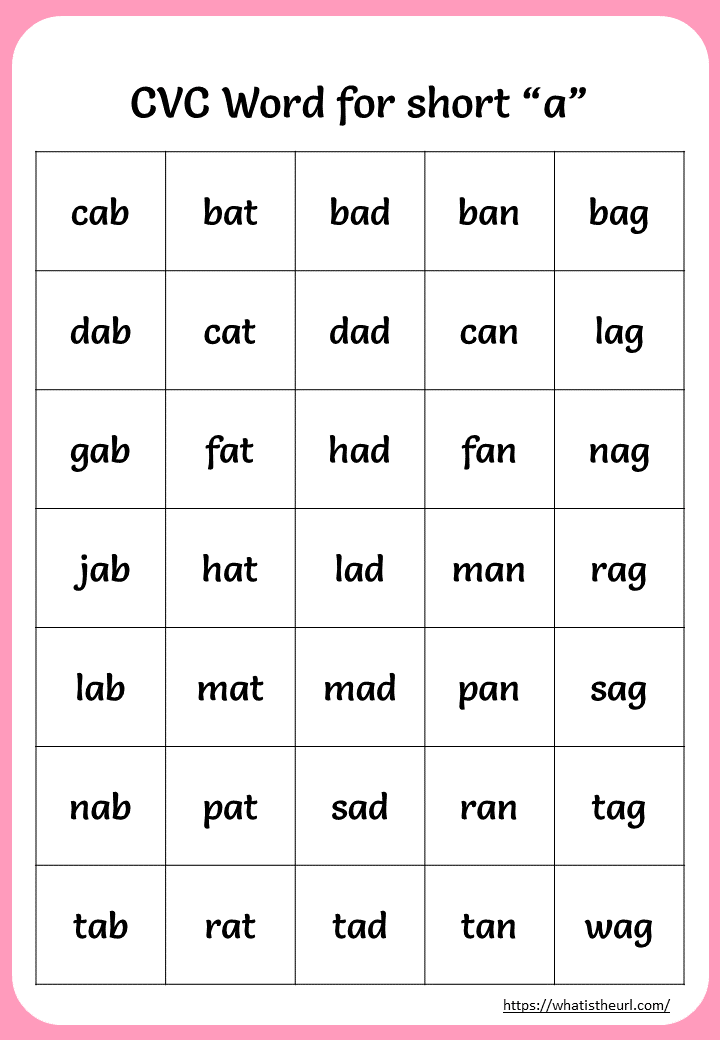
Games for learning to read
With the help of cubes or cards with letters and syllables, you can play different educational games with your child. Let's take a few examples.
Garages
Take a word of 3-4 syllables and place the cards in random order on the floor. Explain to the child how these syllables are read. These will be garages. Give the child different toys and offer to send them to the garage as you wish: for example, the car goes to the TA garage, the bear goes to the RA garage, the ball rolls to the KE garage, and so on. Make sure your child is positioning the toys correctly. At the end of the game, invite the child to make a word from garage syllables. Perhaps not the first time, but he will get a "ROCKET". Gradually introduce new syllables into the game. nine0005
<
Store
Lay out images of various goods on the table - this is a store, and you are a seller. Give your child a stack of cards with syllables - they will function as money. The child needs to buy all the items in the store, but each item is only sold for the syllable it starts with. For example, fish can only be bought for the syllable "RY", milk - for the syllable "MO", and so on. Give your child a few extra cards to make the task more difficult. When he gets used to it, change the conditions of the game: for example, sell goods not for the first, but for the last syllables. The game is both simple and complex: it will allow the child to understand that words are not always spelled the way they are pronounced. After all, a cow cannot be bought for the syllable "KA", for example. nine0005
The child needs to buy all the items in the store, but each item is only sold for the syllable it starts with. For example, fish can only be bought for the syllable "RY", milk - for the syllable "MO", and so on. Give your child a few extra cards to make the task more difficult. When he gets used to it, change the conditions of the game: for example, sell goods not for the first, but for the last syllables. The game is both simple and complex: it will allow the child to understand that words are not always spelled the way they are pronounced. After all, a cow cannot be bought for the syllable "KA", for example. nine0005
Lotto
Game for several people. Give the children several cards with syllables. Take out the cubes with syllables one by one from the box and announce them. Whoever has a card with such a syllable - he takes it. The first person to complete all the cards wins. During the game, children will accurately remember the syllables that they had on their hands.
Summary
Finally, a few more tips on how to teach a child to read:
- It is better to start teaching children to read by memorizing letters.
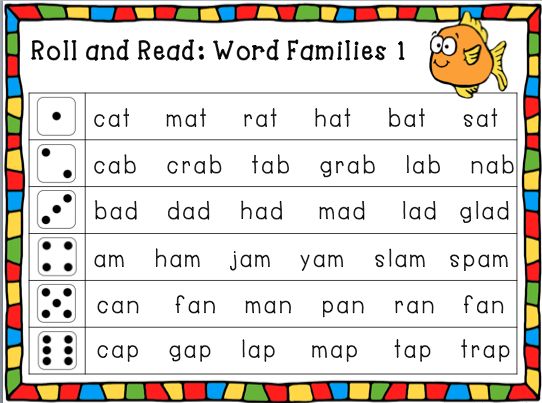 It is important that the child can recognize and name them without hesitation. nine0013
It is important that the child can recognize and name them without hesitation. nine0013 - In the early stages, pronounce the consonants as they are read in words: not [em], [el], [de], but [m], [l], [d] - this way it will be easier for the child to find his bearings.
- Sculpt letters from plasticine, draw and color, buy an alphabet with voice acting - use all the channels of the child's perception.
- Gradually build letters into syllables and then into words. Play rearranging letters and syllables, let the child experiment.
- Teach your child rhymes about the letters of the alphabet, look at the primer, use cards with letters and pictures. Thanks to the illustrations, the child will be able to memorize the symbols faster. nine0013
- Distribute the load: fifteen minutes a day is better than an hour twice a week. Alternate entertaining and serious tasks.
- You can hang signs with their names on objects in the child's room - the child will quickly learn to recognize them in texts.

- Read aloud regularly to your child and gradually introduce them to independent reading. Every evening, offer to read at least a few lines from a well-known book on your own.
- Lead by example. For a child to want to learn to read, he must regularly see you with a book. nine0013
We hope that our recommendations will help you teach your preschooler to read. Even if your child is just learning to read, at Foxford Elementary School he will be able to improve his skills.
We teach a child to read in syllables easily. 5 funny games
Teach your child to read by syllables, but nothing works? Do you repeat 10 times, but after a couple of seconds he forgets everything, and all your attempts end in screams and tears? Of course, school is coming soon and a slight panic seizes you, but relax and don't worry. Maybe your child is just not ready yet, or maybe you started wrong. Stay with us and find out everything. nine0005
How to teach a child to read in syllables so that he likes it?
If your child already knows the letters, but does not want to learn to read by syllables, most likely you simply did not explain why he needs it. Arguments like “to learn to read”, “to do well in school and be no worse than others” do not work. The child needs to understand why he is doing this at the moment? That is, you must “sell” him the idea of learning to read in syllables so that he wants it himself and is still satisfied. nine0005
Arguments like “to learn to read”, “to do well in school and be no worse than others” do not work. The child needs to understand why he is doing this at the moment? That is, you must “sell” him the idea of learning to read in syllables so that he wants it himself and is still satisfied. nine0005
How to do it?
Start with what your child is interested in. For example, while walking around the city, draw his attention to the poster of a cinema or circus and ask: “Are you interested in knowing which cartoon will be shown in the cinema? Let's honor." Or here is another good example: “Ice cream, what flavor would you like? Let's read what they offer here? Of course, the child will say that he cannot read and ask you to help him. Then you explain to him why you need to be able to read and what is the use of this. nine0005
The idea is "sold" - you can start learning!
If your child does not yet know the whole alphabet, then at the same time as learning the letters, you can start making small words out of them.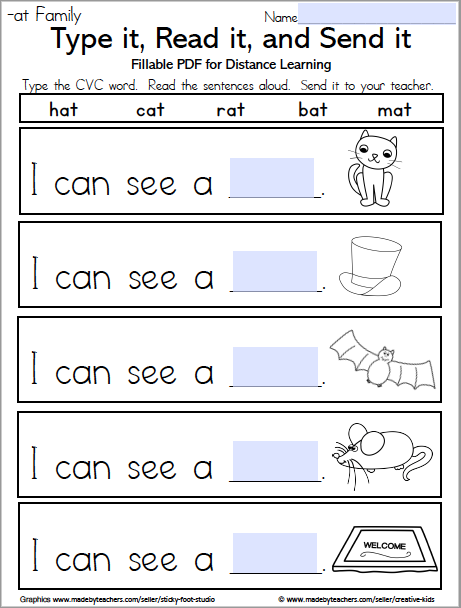 Did the child learn two or three letters? For example "M", "U", "I". Excellent! Fold them immediately into the word "MEW" and ask the child who does this. Then ask him to repeat after you syllable by syllable: “meow”, pausing after the first syllable.
Did the child learn two or three letters? For example "M", "U", "I". Excellent! Fold them immediately into the word "MEW" and ask the child who does this. Then ask him to repeat after you syllable by syllable: “meow”, pausing after the first syllable.
Thanks to this approach, it will be easier for the child to read longer words in syllables in the future. nine0005
5 fun exercises for teaching children to read by syllables
The first rule that all parents should remember before starting to teach anything to their child under 7 years old is no coercion, always translate everything into a game. Then your child will be happy to participate in the process, and you will see the result faster.
Therefore, all the exercises that we have selected for you are in the form of a game.
Surprise eggs
Take some plastic Kinder Surprise eggs and small cardboard cards with letters. Think of a game scenario.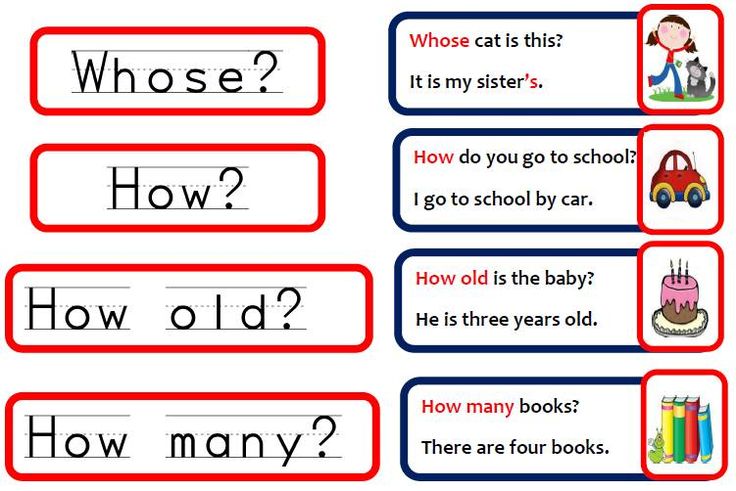 For example, put the letters in the eggs that make up the name of the child's favorite cartoon character according to the principle - one egg - one letter. Then call the child and say that you need to find the name of the hero, otherwise he is lost and cannot find his way home. Then begin to open the eggs together and fold the name in such a way that there is a small distance between the syllables, for example "BIN-GO". As soon as you add up the name, ask the child to read it in syllables and call the hero so that he can find his way home. nine0005
For example, put the letters in the eggs that make up the name of the child's favorite cartoon character according to the principle - one egg - one letter. Then call the child and say that you need to find the name of the hero, otherwise he is lost and cannot find his way home. Then begin to open the eggs together and fold the name in such a way that there is a small distance between the syllables, for example "BIN-GO". As soon as you add up the name, ask the child to read it in syllables and call the hero so that he can find his way home. nine0005
When the child manages to name all the characters, you can give him the toy characters he called (if there are such toys at home) or turn on your favorite cartoon.
Find a double
Take blocks with letters and together with your child make a syllable out of two letters. For example, let there be a syllable "BA". Say the syllable several times so that the child remembers it. Then ask him to find the familiar syllable "BA" on the pages of any book.
Of course, it may not work the first time. But nothing, praise the child for every syllable found and say that this is just a game and in case of failure you should not be upset.
This exercise develops visual memory well and helps the child get used to syllables.
Let's be friends
What could be more boring than just combining vowels and consonants into syllables? Another thing is to teach letters to be friends so that they make up words. You will need a metal board and letters on magnets. Arrange the letters on the right and left in this order:
Then tell the child that the letters quarreled and they need to be connected and made friends. Move together the letter "A" to "U" and read what happened - "AU". So the child will understand that connecting letters into syllables is fun and will begin to connect syllables into words with pleasure.
⠀
Also learn to read by syllables with our free games.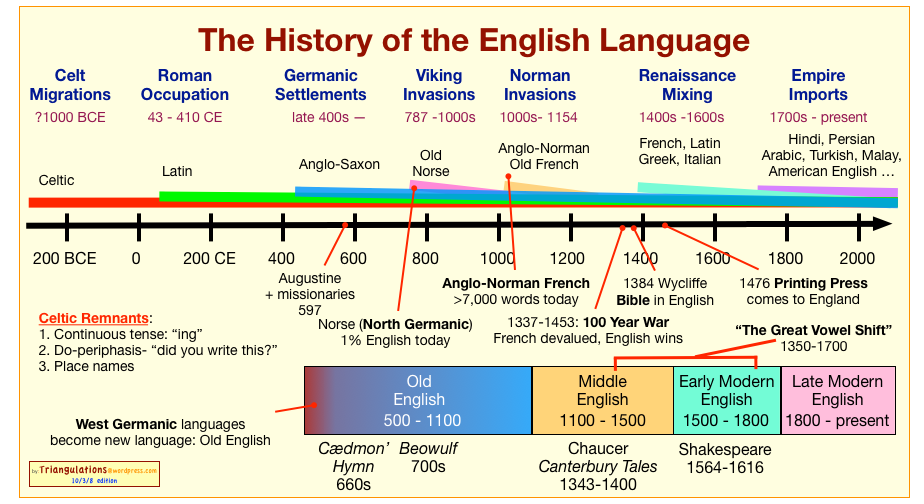
Pick me up
In this exercise, you will have to get a little creative. Take an A4 sheet and draw a dog on it. Sign the word “SO-BA-KA” under the drawing by syllables. Then take scissors and cut vertically so that you get three equal parts with pattern elements and syllables. Ask the child to read each syllable separately, and then ask the dog to collect and read the word syllable by syllable. nine0005
If you have no time to draw yourself, look for similar puzzles in the store.
This fun activity will quickly help your child learn to read long words.
Transformer Word
Blocks or cards with letters are suitable for this exercise. For example, put together the already familiar word “SO-BA-KA” with your child. Read it syllable by syllable and disassemble it into individual letters. Say: “And now you will see how much our “DOG” can give us new words! Let's watch?". nine0005
Then form new words from individual letters: “SOK”, “TANK”, “BOK”, “KO-SA”.

